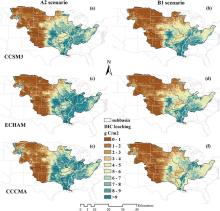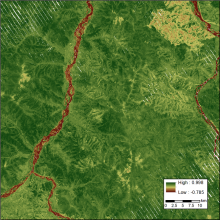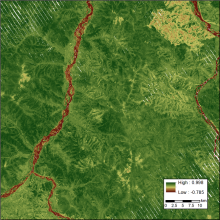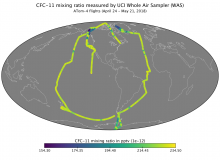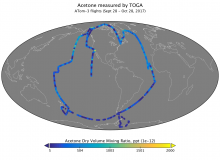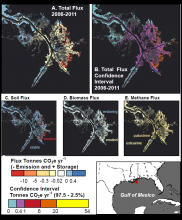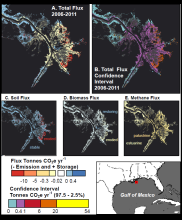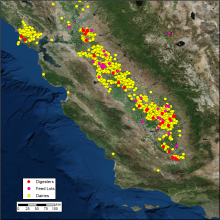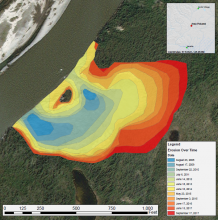Level 1 and 2 high-resolution, laser altimetry data from the Global Ecosystem Dynamics Investigation (GEDI) are now available from the LP DAAC.
GEDI Data Released at LP DAAC, More Data to Come
GEDI data will help further refine our understanding of the carbon cycle and atmospheric concentrations of carbon dioxide (CO2).




